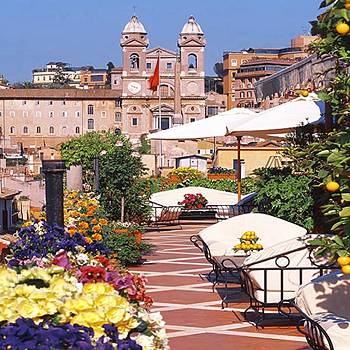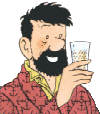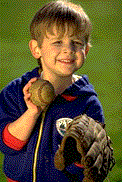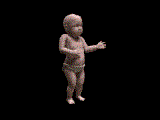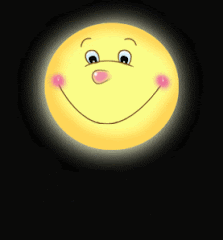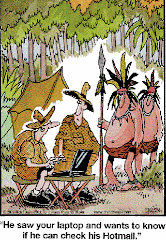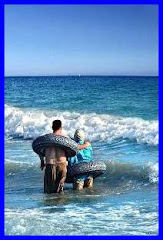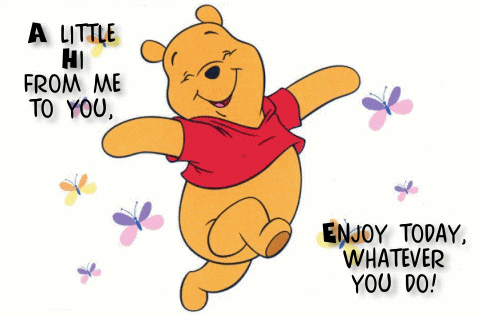For Mrs. Hoda Ali El-Ghayaty, widow of Dr. Mohamed El-Bahay, former Minister of “El-Awqaf” (‘Endowments’), life began at fifty-five! After raising her daughter, two grandchildren, three step-grandchildren, and several great-grandchildren, she found herself suddenly with lots of spare time on her hands, and decided to fulfil her dream of improving her skills in drawing. She found her chance at the Italian School in Heliopolis, and took painting lessons in 1980 for seven years, with German Sister Hedwige as her teacher. Afterwards, with persistence and dedication, her hobby turned professional, and transformed her from the dutiful housewife and granny, into a renowned talented artist.
Hoda El-Ghayaty was born in Geneva in 1924 of a French-Swiss mother, and the well-known Egyptian patriot, writer and poet, Ali El-Ghayaty. He created his own newspaper in 1922 in Switzerland and called it “Tribune d’Orient”. Ali El-Ghaiaty was in exile for 27 years in Switzerland during the reigns of Fouad and Farouk, due to his famous book “Wataniaty” (My Patriotism) where he met and wed his Swiss wife Lucienne (who changed her name to ‘Soraya’, after embracing Islam) and who later gave birth to his only son (Ali) and five daughters (Jamila, Leila, twins Monirah and Sorayah, and lastly, Hoda).
All the sisters were strongly influenced by their only brother, Ali, who graduated with first-class honours from the Beaux Arts in Paris in 1935. He would have been one of the “greats” in art of the 20th century, had it not been for his very short lifespan, caused by a mysterious bullet wound in a hunting accident in Port Suez when he was thirty-four. Jamila, (then married to renowned poet Dr. Mokhtar El-Wakil) a natural artist, started watercolour sketches in her unique modernism style at the age of fifty, and displayed her art in a gallery in Switzerland. (Jamila even started ice-skating at fifty, later winning several medals in championships in ice-skating ballet).
Leila (married to renowned lawyer Dr. Moustafa El-Hefnawy) drew for her family only, while Monirah with an inborn talent (married to late Mohamed Aly Beq Nassef, renowned writer, journalist, Press Attaché at the Egyptian Embassy in Washington D.C., Egypt’s Censorship Director, Cultural & Media Advisor at the American Embassy) – made her own greeting cards, joined the Cairo Opera Chorale as a Mezzo Soprano, drew intricate portraits in fine china-ink for posters at the film industry, then settled for mandolin lessons; all in her late forties - (her twin sister died as a baby of 15 months, in Geneva) Then along came the youngest, Hoda, who tried her luck in drawing, starting at the age of fifty-five!
From 1980, not only did Hoda El-Ghayaty learn how to paint in water colour and oil on canvas, cardboard, paper or wood, but also learnt how to make wooden floor-screens, engraving their borders in intricate relief by a burning tool, and painting the central panels in scenic designs, copying Japanese, Oriental or Rococo backgrounds. Without realising or planning it, she launched herself into a successful painting career.
Her best attributes are her oil portraits of bearded old men, or landscapes in fine detail, which she copies identically from several sources. In my opinion, the most difficult thing in oil painting to simulate is flesh, material texture, water, trees, animals, and the sky. But, she has painstakingly mastered all, and her sunsets, fields and forests, mirrored sea or ocean reflections, ragged peasants or smart Bedouins, still life or horses in motion, are astonishingly natural.
Following her career with great interest, I noticed a gradual maturity and improvement in her technique. From 1987, Hoda El-Ghayaty gave painting lessons at the French Cultural Centre, and simultaneously participated in many exhibitions sponsored by them, with other local artists. In 1990, El-Ghayaty had a one-man show of her paintings at the Palace of Arts, within the Opera House compound, and then three other exhibitions at the former French Cultural Centre in Heliopolis from 1991 till 1995. Afterwards and up till the present, she participated almost yearly in art expositions with other contemporary artists. Her last exhibition was at the Hanager Gallery on the Opera grounds early in 2003, with local artists. One of her paintings was sold for L.E.1,000. In fact, her painting was the only sale of the day!
The culminating and happiest moment of Hoda El-Ghayaty’s career was when she was invited to display her art abroad, for the very first time, four years ago. In July 1999, her most successful exhibition was in Boulogne-Sur-Mer, France, at the Galerie d’Art et d’Essais. Furthermore, one can now read about her on their website, as well as other local websites through the Internet.
El-Ghayaty, a very young-looking and dynamic great-grandmother, who daily commutes in her little golden car, acquired her own art studio three years ago, where she has art classes for children and adults, and personally gives them painting lessons. In the meantime, she is in the process of preparing for her next art exhibition due early next spring in 2004.
For Art Lessons at the Atelier, Children and Adults, telephone: 2266 8556
By now, you are probably wondering what is the connection here with ‘Grandma Moses’. No, I’m not blaspheming any Prophet or Saint. For those who don’t already know it, Grandma Moses is the nickname of another very real (American) artist, who started her career after seventy! Following is Grandma Moses’ amazing story, which is not less amazing than that of Hoda El-Ghayaty:
Mrs. Thomas Salmon Moses (later famed as “Grandma Moses”) was born on September 7, 1860 in Greenwich, New York, U.S.A She lived for one hundred and one years (1860-December 13, 1961).
Most of Anna Mary Robertson’s life was spent in eastern New York State where she was the child of a Scottish-Irish farm family and led what she later described as a very happy childhood, which began as one of ten children of a farmer who painted landscapes in his spare time. Her father encouraged her to draw and paint on unused newsprint, which he brought home to keep the children busy, and she used berry juice to brighten her pictures.
She learned the “womanly arts’ of her period of cooking, cleaning, sewing, soap making, candle making and so forth by the age of twelve, and was sent to work to nearby relatives as a ‘hired girl’. At twenty-seven she married a ‘hired man’, Thomas Salmon Moses, and moved to the Shenandoah Valley, near Staunton, where they worked as tenant farmers. There she bore ten children (like her mother) but only five survived infancy. Two decades later the Moses family returned to Upstate New York and bought a dairy farm just a few miles from where she'd grown up on the Vermont border.
She never painted until after the death of her husband in 1927, when arthritis forced her to abandon the "worsted pictures" she'd been embroidering. Soon she was offering her oil paintings on pressed wood for sale at county fairs, along with her prize-winning pickles. Her children thought her work was so appealing they encouraged her to transfer her talent with colour and design to painting; her first was on canvas from a threshing machine cover.
Her daughter-in-law took her pictures to the women's exchange in the local pharmacy in Hoosick Falls. Anna’s big break came in 1938 when a travelling collector from New York saw them in the window, and bought the lot. He tried to sell them to museums and galleries, but had little response. The Phillips Collection in Washington D.C. was the first museum to acquire her work, which gradually began to attract much attention.
As a thrifty housewife, Anna “Grandma Moses” was appalled at the high prices her paintings brought and had to have a special manager of her affairs. But Americans loved her work for the nostalgia of happy times in the past they suggested, and were willing to pay large sums for the images she created. The U.S. Office of Information began to promote her painting as representative of America, and in 1939, she was featured in an exhibition at the Museum of Modern Art. By the 1940s, she was a household word and a celebrity who was entertained in the White House.
She had a television interview with Edward R. Murrow when she was over ninety, painted till she was 100, and lived to be 101 years.Facing failing vision and arthritis in her hands, Moses switched to painting with her left hand but never let up on the number of pictures produced per year, although her work became broader and mature in oil-paint technique. By the time of her death in 1961, Moses had created over 1500 works of art. The world commemorated her death a few years ago on December 13. The Bennington Museum in Bennington, Vermont is the primary public repository of her paintings and has two galleries of ongoing exhibitions of her work. It holds the largest public collection of Moses’ paintings in the world, as well as "yarn paintings", art supplies, and the 18th-century tilt-top table Moses painted with rustic scenes and used as her easel. Her paintings epitomize ‘the good old days’ in American history, pure simplicity, beauty, and hope.
Grandma Moses is the pivotal figure of the 20th-century American folk art movement, known for her decorative, landscape and genre paintings of rural New England. She had a precise way of organizing colour and pattern. She soon became internationally popular for her very naïve documentation of rural life in the United States in the late 19th and early 20th centuries.
The true stories of Hoda El-Ghayaty and Grandma Moses are marvels of senior citizenship – east or west – and role models for anyone with a bit of talent, gumption, perseverance, independent living, and optimism.
H.N.



















